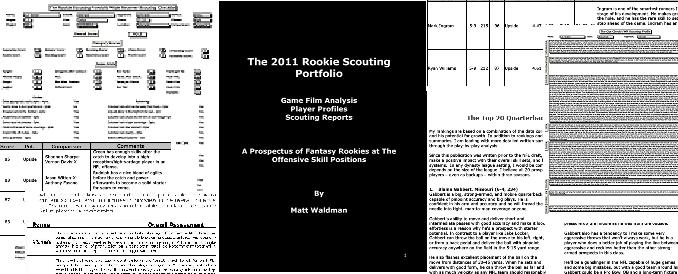
With the regular season coming to an end and it sounds like a good time to take a look back at the RSP Writers Project. If you’re not familiar with the project, I had the pleasure of hosting a group of football writers, former NFL players, and former NFL scouts whose job was to build a team with a salary cap and explain their personnel choices, schemes, and coaching staff. Now it’s your turn to share your thoughts about each team with one season in the books. We’ll begin with the offensive units.
Here is the main menu for the project and all the teams.
Today, take a look at the offenses of each team. From the standpoint of personnel and scheme, I’d like to know who you thought which team was the best in the following areas:
- Top-performing offense this year.
- Most promising offense long-term.
- Tough-luck team with good talent, but didn’t work out in 2012.
You can also add commentary about your choices at the end of each question.
[polldaddy poll=6792405]
[polldaddy poll=6792408]
[polldaddy poll=6792415]





























































